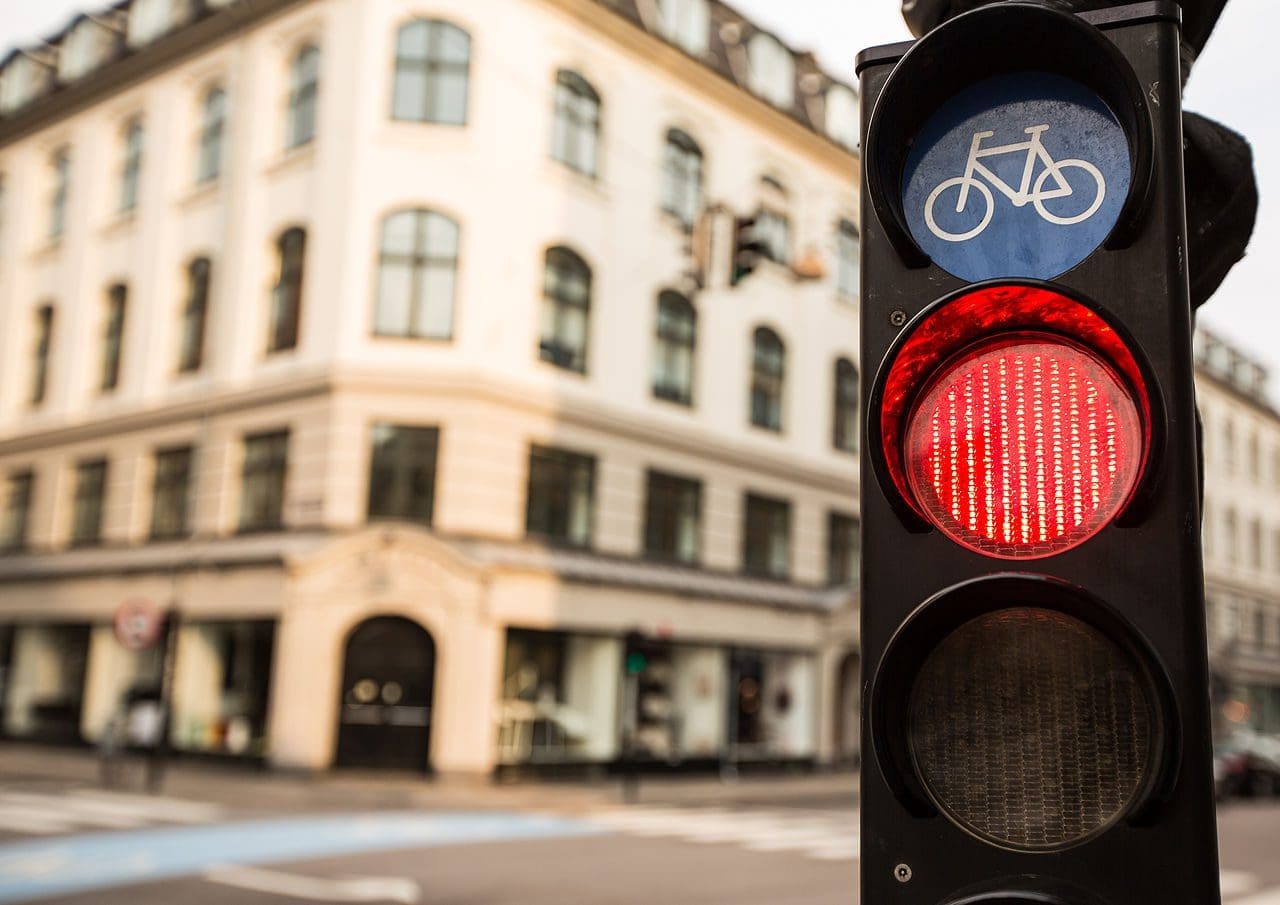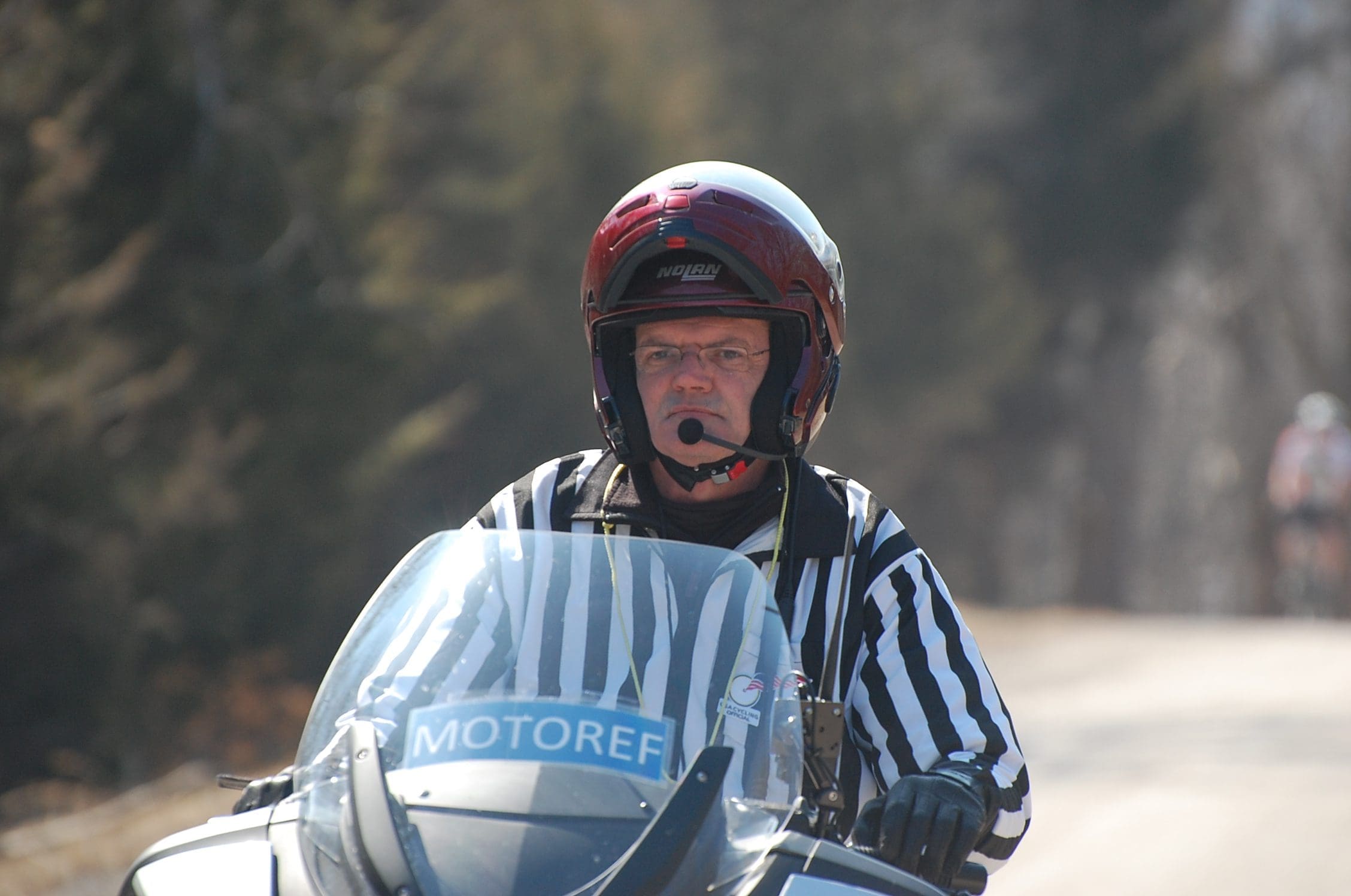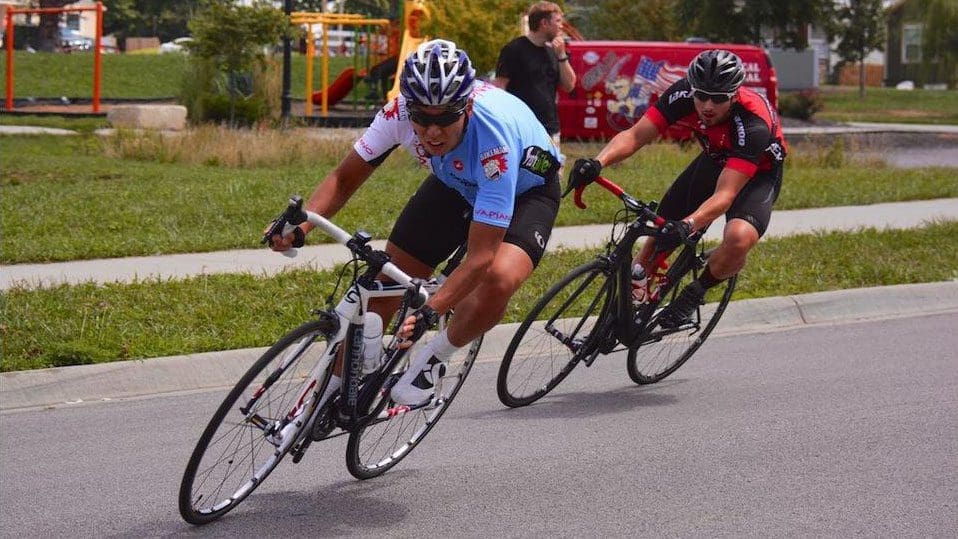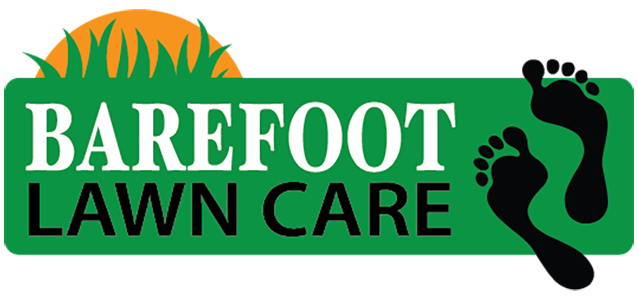As an Atlanta personal injury attorney, I prepared this as an overview of laws that might be beneficial to Missouri cyclists. It is not a complete review of the laws.
All statutory references are to Revised Statutes of Missouri (RSMO) Missouri follows pure comparative fault. Prior to 1983 Missouri was a contributory negligence state. In the landmark case of Gustafson v Benda, 661SW 2d 11 (Mo Banc 1983) the Supreme Court adopted comparative fault. What this means is that a plaintiff can recover regardless of any fault of his own. Any damages are reduced by the amount of fault.
DAMAGES
No caps except as to government agencies. A jury awards what is “fair and reasonable.” (Chapter 57 Revised Statutes of Missouri.)
SAFE PASSING LAW
RSMO 300.411 and 304.678 Overtake Bicycles At A Safe Distance
Leave a safe distance when passing the bicycle, and maintain clearance until safely past the overtaken (1) The operator of a motor vehicle overtaking a bicycle proceeding in the same direction on the roadway, as defined in section 300.010, RSMo, shall leave a safe distance, when passing the bicycle, and shall maintain clearance until safely past the overtaken bicycle. (2) Any person who violates the provisions of this section is guilty of an infraction unless an accident is involved in which case it shall be a class C misdemeanor.
SIDEWALKS
300.347. Riding Bicycle On Sidewalks, Limitations – Motorized Bicycles Prohibited
(1) No person shall ride a bicycle upon a sidewalk within a business district; (2) Whenever any person is riding a bicycle upon a sidewalk, such person shall yield the right-of-way to any pedestrian and shall give audible signal before overtaking and passing such pedestrian; (3) No person shall ride a motorized bicycle upon a sidewalk.
BICYCLE DEFINED
307.180. Bicycle And Motorized Bicycle, Defined
As used in sections 307.180 to 307.193: (1) The word bicycle shall mean every vehicle propelled solely by human power upon which any person may ride, having two tandem wheels, or two parallel wheels and one or two forward or rear wheels, all of which are more than fourteen inches in diameter, except scooters and similar devices; (2) The term motorized bicycle shall mean any two or three-wheeled device having an automatic transmission and a motor with a cylinder capacity of not more than fifty cubic centimeters, which produces less than three gross brake horsepower, and is capable of propelling the device at a maximum speed of not more than thirty miles per hour on level ground. A motorized bicycle shall be considered a motor vehicle for purposes of any homeowners- or renters- insurance policy.
TREATMENT AS A VEHICLE AND RIGHTS AND DUTIES
307.188. Rights And Duties Of Bicycle And Motorized Bicycle Riders
Every person riding a bicycle or motorized bicycle upon a street or highway shall be granted all of the rights and shall be subject to all of the duties applicable to the driver of a vehicle as provided by chapter 304, RSMo, except as to special regulations in sections 307.180 to 307.193 and except as to those provisions of chapter 304, RSMo, which by their nature can have no application.
BICYCLING WHILE INTOXICATED
Bicycles are non-motorized. No application here nor does Missouri have public intoxication law.
DISTRACTED DRIVING
304.820 (Revised)
No texting if under 21 years of age. Commercial vehicles – no use of handheld telephone, period.
BICYCLE LANES
300.330. Bicycle Lane Regulations
The driver of a motor vehicle shall not drive within any sidewalk area except as a permanent or temporary driveway. A designated bicycle lane shall not be obstructed by a parked or standing motor vehicle or other stationary object. A motor vehicle may be driven in a designated bicycle lane only for the purpose of a lawful maneuver to cross the lane or to provide for safe travel. In making an otherwise lawful maneuver that requires traveling in or crossing a designated bicycle lane, the driver of a motor vehicle shall yield to any bicycle in the lane. As used in this section, the term “designated bicycle lane” shall mean a portion of the roadway or highway that has been designated by the governing body having jurisdiction over such roadway or highway by striping with signing or striping with pavement markings for the preferential or exclusive use of bicycles.
EQUIPMENT
307.183. Brakes Required
Every bicycle and motorized bicycle shall be equipped with a brake or brakes which will enable its driver to stop the bicycle or motorized bicycle within twenty-five feet from a speed of ten miles per hour on dry, level, clean pavement.
307.185 Lights And Reflectors, When Required – Standards To Be Met
Every bicycle and motorized bicycle when in use on a street or highway during the period from one-half hour after sunset to one-half hour before sunrise shall be equipped with the following: (1) A front-facing lamp on the front or carried by the rider which shall emit a white light visible at night under normal atmospheric conditions on a straight, level, unlighted roadway at five hundred feet; (2) A rear-facing red reflector, at least two square inches in reflective surface area, or a rear-facing red lamp, on the rear which shall be visible at night under normal atmospheric conditions on a straight, level, unlighted roadway when viewed by a vehicle driver under the lower beams of vehicle head-lights at six hundred feet; (3) Reflective material and/or lights visible from the front and the rear on any moving part of the bicyclists, pedals, crank arms, shoes or lower leg, visible from the front and the rear at night under normal atmospheric conditions on a straight, level, unlighted roadway when viewed by a vehicle driver under the lawful lower beams of vehicle headlights at two hundred feet; and (4) Reflective material and/or lights visible on each side of the bicycle or bicyclist visible at night under normal atmospheric conditions on a straight, level, unlighted roadway when viewed by a vehicle driver under the lawful lower beams of vehicle headlights at three hundred feet. The provisions of this subdivision shall not apply to motorized bicycles which comply with National Highway Traffic and Safety Administration regulations relating to reflectors on motorized bicycles.
USE OF THE ROAD, WHERE TO RIDE
307.190. Riding To Right, Required For Bicycles And Motorized Bicycles
Every person operating a bicycle or motorized bicycle at less than the posted speed or slower than the flow of traffic upon a street or highway shall ride as near to the right side of the roadway as safe, exercising due care when passing a standing vehicle or one proceeding in the same direction, except when making a left turn, when avoiding hazardous conditions, when the lane is too narrow to share with another vehicle or when on a one-way street. Bicyclists may ride abreast when not impeding other vehicles.
307.191. Shoulder Riding, Allowed But Not Required For Bicyclist Operators
(1) A person operating a bicycle at less than the posted speed or slower than the f low of traffic upon a street or highway may operate as described in section 307.190, or may operate on the shoulder adjacent to the roadway. (2) A bicycle operated on a roadway, or the shoulder adjacent to a roadway, shall be operated in the same direction as vehicles are required to be driven upon the roadway. (3) For purposes of this section and section 307.190, “roadway,” means that portion of a street or highway ordinarily used for vehicular travel, exclusive of the berm or shoulder.
Bicyclists May Signal Right Turn With Right Arm.
The operator of a bicycle shall signal as required in section 304.019, RSMo, except that a signal by the hand and arm need not be given continuously if the hand is needed to control or operate the bicycle. An operator of a bicycle intending to turn the bicycle to the right shall signal as indicated in section 304.019, RSMo, or by extending such operator’s right arm in a horizontal position so that the same may be seen in front and in rear of the vehicle.
Photo by Tony Webster via Wikimedia Commons















